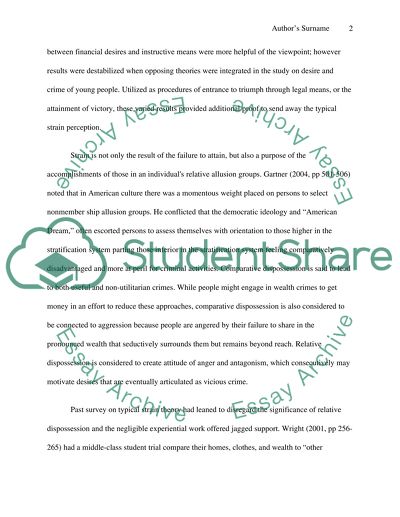Cite this document
(“Desire and Crime of Young People Essay Example | Topics and Well Written Essays - 1250 words”, n.d.)
Desire and Crime of Young People Essay Example | Topics and Well Written Essays - 1250 words. Retrieved from https://studentshare.org/social-science/1506231-desire-and-crime-of-young-people
Desire and Crime of Young People Essay Example | Topics and Well Written Essays - 1250 words. Retrieved from https://studentshare.org/social-science/1506231-desire-and-crime-of-young-people
(Desire and Crime of Young People Essay Example | Topics and Well Written Essays - 1250 Words)
Desire and Crime of Young People Essay Example | Topics and Well Written Essays - 1250 Words. https://studentshare.org/social-science/1506231-desire-and-crime-of-young-people.
Desire and Crime of Young People Essay Example | Topics and Well Written Essays - 1250 Words. https://studentshare.org/social-science/1506231-desire-and-crime-of-young-people.
“Desire and Crime of Young People Essay Example | Topics and Well Written Essays - 1250 Words”, n.d. https://studentshare.org/social-science/1506231-desire-and-crime-of-young-people.


